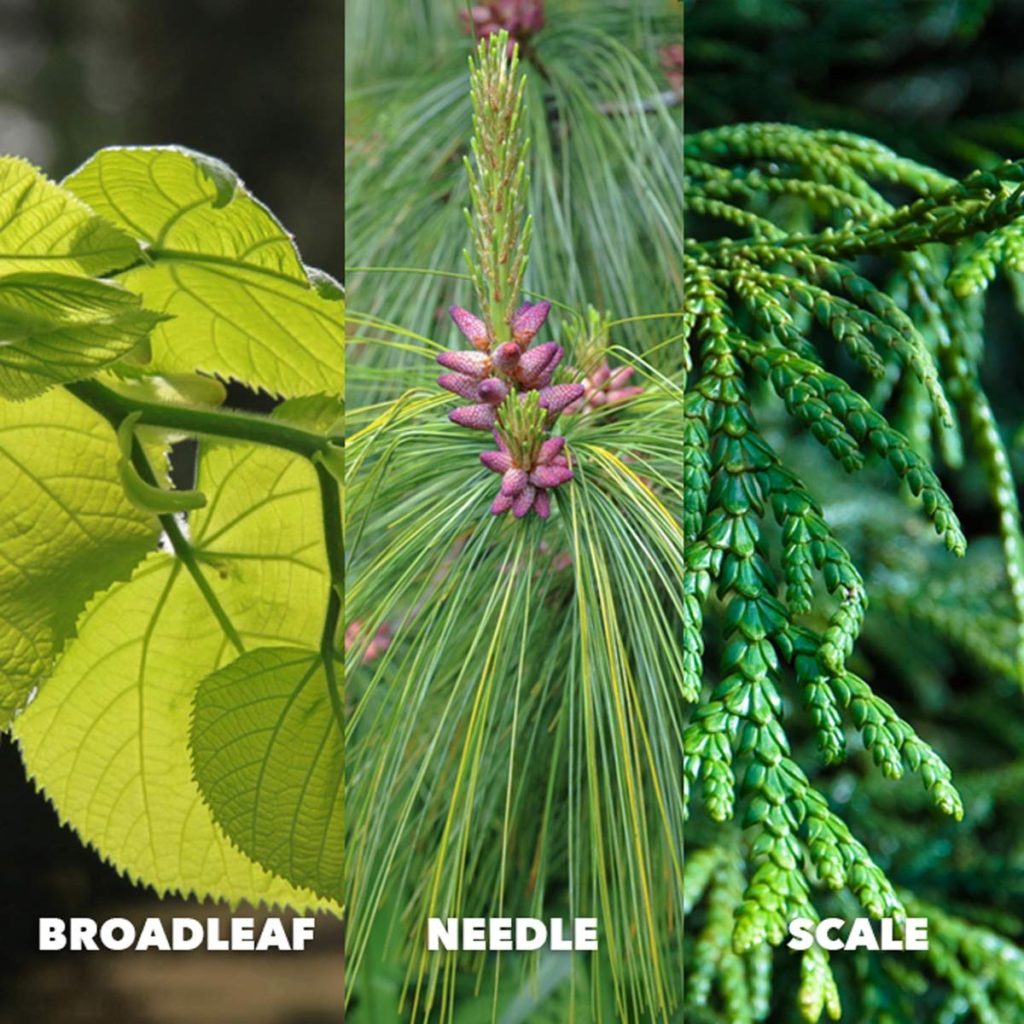If you’re planning on planting trees in your landscape, there are some important factors you need to consider. For example, some trees grow better in the shade, while others require more light to grow well. You can find out about the sun requirements of specific types of trees by reading their labels.
Arborvitae Coul be the Right Trees in Your Landscape
When planting arborvitae trees in your landscape, make sure to make a planting hole that is about an inch deeper than the diameter of the root ball and two to three times as wide. You should also keep in mind that the roots of an arborvitae tree should be above the surface of the soil so that they do not suffocate. After the hole is dug, add a layer of soil around the root ball. Then, water the soil around the root ball and the plant. Do this two or three times a week.
The best place for an arborvitae tree is in a sunny location with an adequate amount of soil moisture. It prefers a pH level of six to eight and soil that is rich in organic matter. You can test the pH of your soil with a soil pH testing kit.

Red maple
If you want to plant red maple on your landscape, you’ll want to be aware of the proper planting methods. This species has wide roots, and it’s best to plant it at least six feet from the sidewalk. Also, you should make sure to water it well, especially in the first year, to establish a strong root system.
Red maple is susceptible to aphids, which feed on the sap of the tree. These insects can cause the plant to experience foliar discoloration, premature leaf drop, bark cracking, and branch dieback. Damaged trees also make easy targets for pests and plant diseases.
Sycamore
If you’re planning to add a sycamore tree to your landscape, you’ll need to know how to plant it properly. Sycamores are native to North America and prefer full sunlight and well-drained soil. They’re also adaptable and can survive in a wide variety of climates.
Sycamore trees can grow as tall as 100 feet, so you’ll need enough space for the trunk, branches, and root system. Since they are fast-growing, you’ll need to keep an eye on their growth so that you can make necessary pruning decisions. This type of tree is best planted in zones seven through 11 of the USDA. In drier climates, it’s best grown near a body of water.
A Sycamore needs regular watering. Water until the soil is damp, but not so wet that it drowns the roots. After two years, it’s okay to let the tree dry out, but after that, it’s better to water it a few times a week. However, if there’s no rain in your area for a month or two, you can water it deeply. The most common disease that affects this type of tree is anthracnose. This fungus thrives in cool, wet springs, and requires regular watering in order to spread.
Red bud
There are a few tips you should know before you plant red bud trees in your landscape. The first tip is to keep a lot of space between trees. Redbuds need plenty of space to spread their roots and absorb nutrients. Try to plant them at least six to ten feet apart from each other. This will prevent the roots from tangling with other trees and plants. If you plant them too close together, you might run into problems.
Red bud trees can grow quite rapidly, especially for their small size. Depending on the variety, they can reach up to four feet in height. Because they are deciduous trees, they should be planted at least eight feet from a house or other structure. In general, they should be spaced at least fifteen or twenty feet apart. Red bud trees are very hardy and can survive in warm climates. However, they tend to lose their leaves during the winter, making them best for cold climates.
Yellowhorn
A native of China, yellowhorn trees is unique and beautiful trees. Growing between eight and twenty-five feet tall, they bloom in spring and produce tiny green fruits. They are hardy, tolerate some shade, and thrive in full sun. Read on to learn more about how to plant Yellowhorn trees in your landscape.
This tree is a good choice for a drier area. It needs very little water to survive. The seeds are delicious and squirrel-proof, which is a plus. If you’re looking for a beautiful, drought-tolerant tree to add to your landscape, consider growing the yellowhorn. It is a rare and unusual species that grows in dry and alkaline environments.
Yellowhorn trees have compound leaves and are similar to mountain ash. The foliage is glossy and ranges in color from clear yellow to muted gold. Their flowers also last up to two weeks, and they’ll begin to bloom at two to three years old. Their flowers are particularly attractive to insects. They prefer to feed on yellow flowers over red ones.
